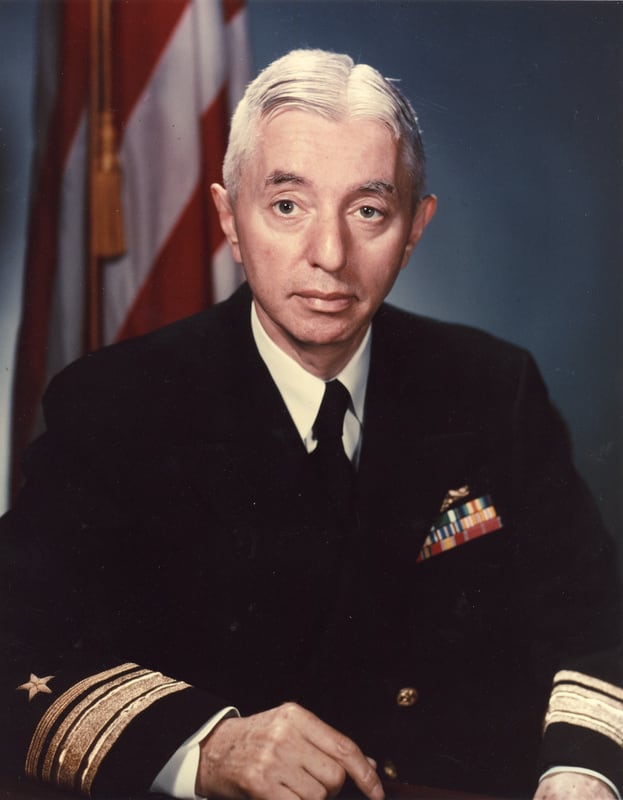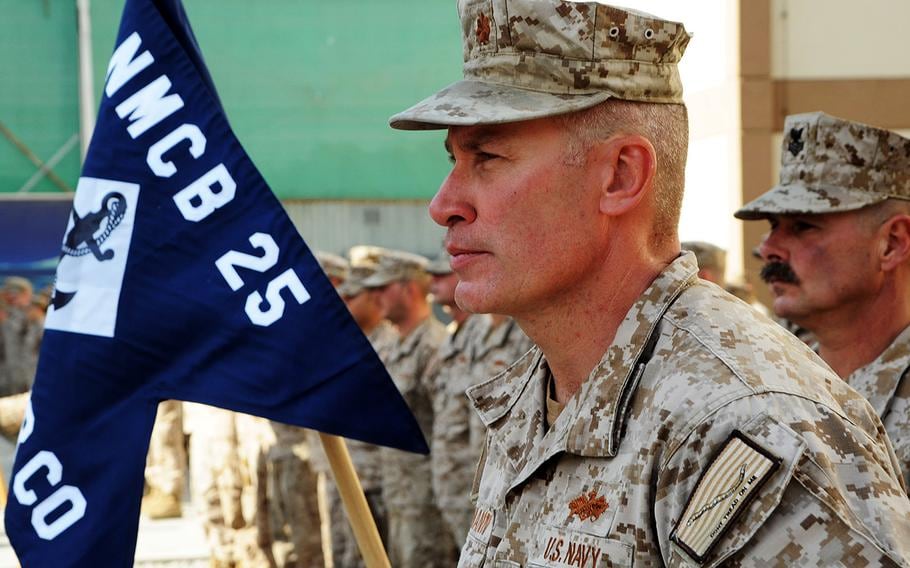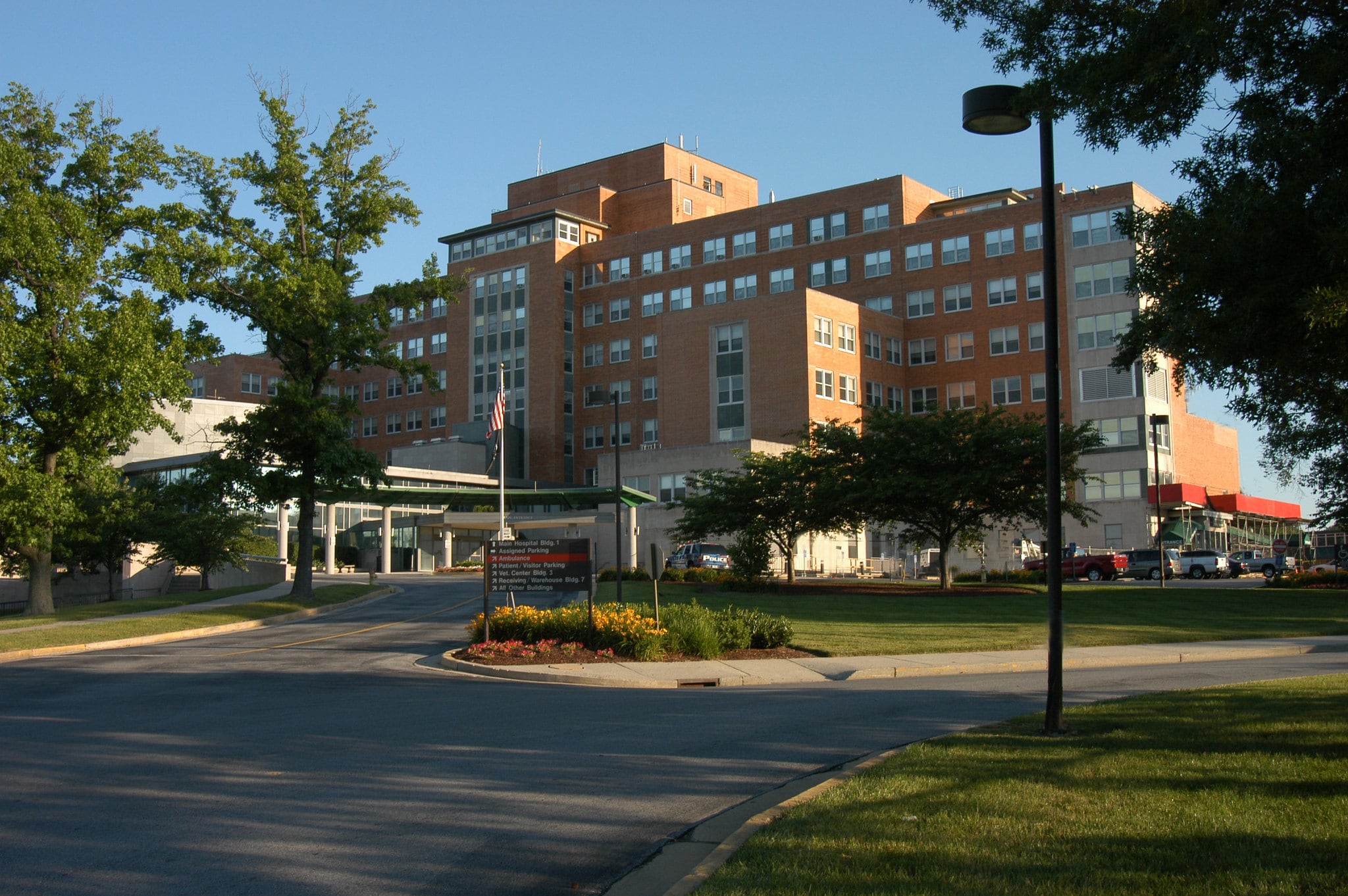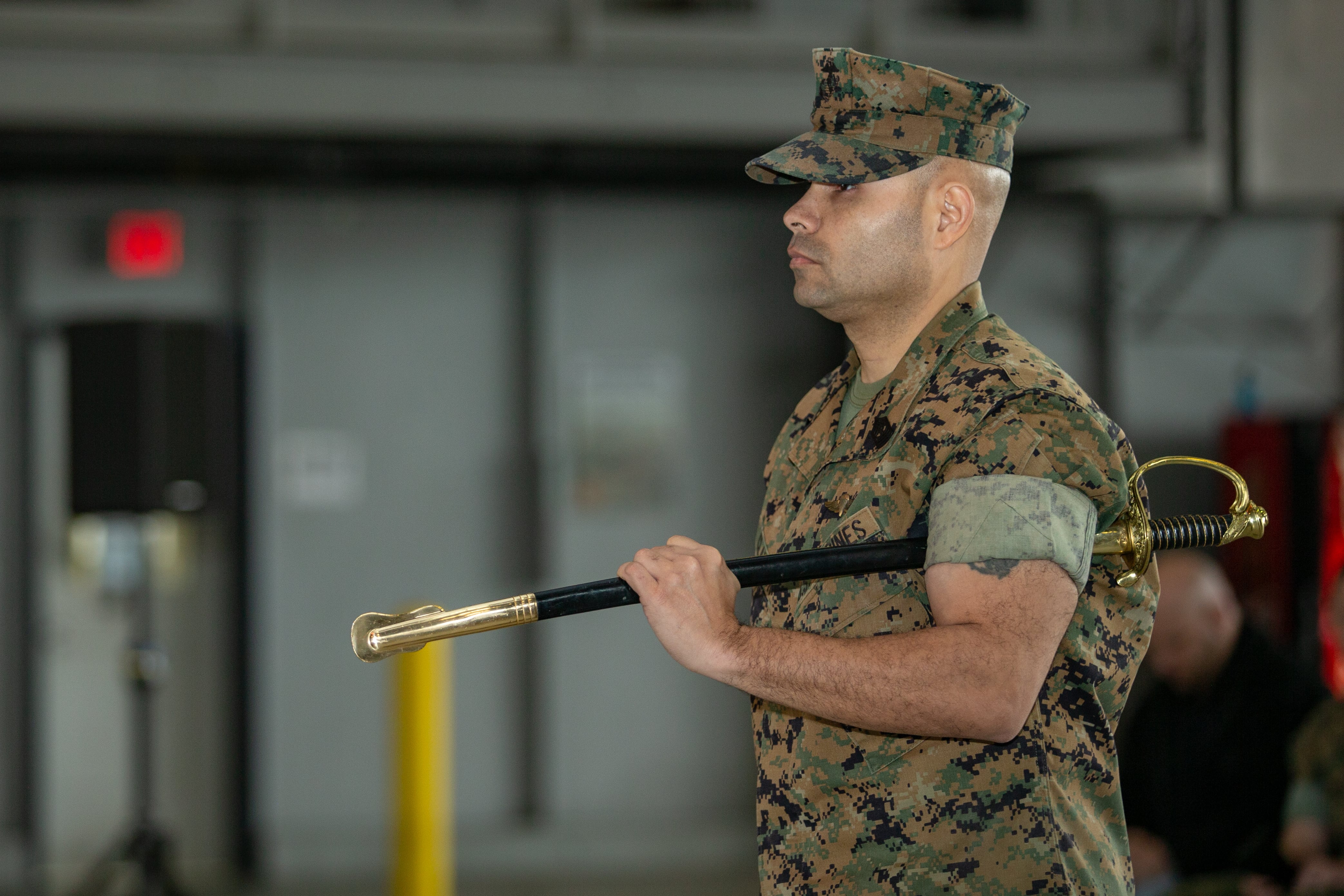The next Navy will honor its longest-serving officer by naming a Virginia-class attack submarine is to be named for the father of the nuclear Navy, who six decades ago oversaw the integration of nuclear reactors into the submarine force. naval nuclear propulsion.
Navy Secretary Ray Mabus made the announcement at a ceremony marking the 60th anniversary of the Navy's first nuclear-powered attack submarine, the Nautilus, which on Jan. 17, 1955, reported, "Underway on nuclear power."s first underway.
"I get to have a lot of fun in this," Mabus said at the Jan. 9 ceremony. "And one of the things I get to do is name all the ships. ... To honor Admiral Rickover, I'm announcing that I'm naming the next Virginia-class submarine the USS Hyman G. Rickover," he said, to a loud, standing ovation at Naval Reactors headquarters on the Washington Navy Yard.
Mabus said also named the chief of naval operations' wife, Darleen Greenert, will be the ship's sponsor.
The ceremony — which was attended by Navy Chief of Naval Operations Adm. Jon Greenert, and head of Naval Reactors Adm. John Richardson, and Frank Klotz, head of the Nuclear Security Administration — focused on the importance of the Navy's nuclear program and Rickover's legacy.
Greenert extolled the virtues of nuclear power, saying that it was the most cost effective, reliable and adaptable form of energy available.
Nuclear power, he said, is the core of U.S. sea power, from nuclear deterrence mission to the presence missions around the globe.
"The carrier is the international symbol of U.S. sea power," he said of the nuclear-powered flattops. "You don't believe me, try and retire one," he said, a reference to the congressional ruckus raised when the Navy proposed an early retirementretiring for the carrier George Washington last year.
Richardson, who as the NR director leads the organization Rickover created, pointed out that more than 130,000 sailors and officers have gone through nuclear training since the program's inception. Klotz said that since Nautilus had its fateful 1955 underway, nuclear power has propelled ships 155 million nautical miles.

Adm. Hyman G. Rickover, planned and supervised the development of the Nautilus, the Navy's first nuclear-powered boat.
Photo Credit: Navy
The Nautilus was planned and supervised by Rickover, whose wife attended the ceremony. Rickover was a small man who has casts an outsized shadow over the fleet. The Navy's longest-serving officer, he lorded over Naval Reactors for more than 33 years, retiring after 63 years of naval service.
One sign of his influence is that his name still induces respect and fear in the Silent Service. A relentless bureaucrat, the Naval Academy grad Rickover's name inspires both respect and fear in the fleet. A meticulous man, he pieced together an organization with sprawling responsibilities and power to oversee what was then regardedseen as a new and hazardous energy source.
Rickover was confrontational and exacting, instilling the "trust but verify" mindset culture that distinguishes the nuclear Navy from all other branches of the service. And still a new and in the fleet. His leadership style was brash, blunt and confrontational, but The His near-flawless reactor safety record — the Navy has never had a major nuclear accident — is a testament to his foresight and leadershiphis skills as a leader: the Navy has never had a major nuclear accident.
During the ceremony, Greenert recounted that the service did an 18-month review to find out if there was a better option than nuclear power for the plant of the Ohio-class replacement boomers, but the service came up blank.
"Nuclear power will be in the fleet through at least 2080," Greenert said, meaning Rickover's legacy will stretch beyond a century. 100 years as well.
David B. Larter was the naval warfare reporter for Defense News.





